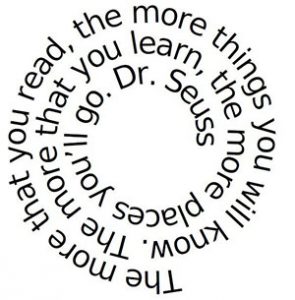Electronic Publishing
Electronic publishing is publishing in digital form.
In electronic publishing proper, the book or document is wholly published in electronic form, to be read on the computer or with a special e-book reader.
(Not to be confused with electronic publishing is print on demand, where content is stored electronically for later printing in a conventional form.)
You can do your own electronic publishing, or submit your manuscript to an electronic publisher for digital rendering, marketing and distribution.
History of Electronic Publishing
Once text could be put in digital form, and dissemination made easy by the Internet, electronic publishing became an exciting prospect. Word processing programs appeared in the middle 1980s, and few offices were without them by 1990. Launched commercially in 1993, the Internet had linked a million machines a year later and has now penetrated most American homes and businesses. Hardware and software continue to improve. The 1998 RocketeBook and the Softbook readers were bought by Gemstar in 2001, who re-engineered them as REB 1100 and REB 1200 machines. Some of today’s e-book readers will play music as well, and models under development will be more versatile and comfortable to use.
Everyone agrees that e-publishing is here to stay, and will revolutionize the industry. Dozens of electronic publishers already exist, and many of the larger booksellers already have an e-book department — Amazon, Barnes and Noble, Random House, etc. One small e-reader can relieve students of their heavy burden of textbooks, and vast areas of the developing world will gain access to information and educational opportunities that were unthinkable before.
The advantages of electronic publishing are obvious: lower production costs, smaller print-runs, shorter times to market, greater power and profits to authors and adventurous publishers. But there are still many problems — association with vanity publishing, expensive e-book readers, proliferating standards, limited range of titles, fewer quality filters in the production line.
Doing Your Own Electronic Publishing
Nothing could be easier than doing your own electronic publishing. Ecommerce Digest’s Advanced Guide to Ecommerce lists 37 software packages, from $20 upwards, that will take text, MS Word documents or HTML pages and turn out a stand-alone electronic document that can be sent across the Internet or saved on floppy. If you don’t want to spend $37.50 on the Guide, which compares packages, you can find most packages yourself through Internet searches. The key features to consider are: operating system, layout precision, graphics and music possibilities, printing options, level of security required and how the e-book is read. Largely you get what you pay for, but even the cheaper packages produce very acceptable documents.
All the packages produce documents with sealed content, i.e. the pages cannot be altered by third parties and passed off as their own. Many packages also provide password protection, though once opened the e-book can be copied and sent across the Internet etc. The more expensive programs lock the e-book to a certain user or Pc, but they are also more troublesome to compile, and some purchasers simply refuse to read unlock instructions.
Using an Electronic Publisher
Doing your own electronic publishing means that you pocket the proceeds. It also means that you have to do all the work, i.e. produce the e-book, advertise it effectively, set up a website and take payment online. Many therefore hand over the process to electronic publishers who handle these aspects, paying royalties that are usually more generous than with conventional publishing. Terms of contract are important, and you may or may not have to give up copyright. More important, electronic publishers are choosy in what they will take, and poetry collections are not among their favourites.
You’ll find electronic publishers listed on the Internet. Shop around and look carefully at what they publish and the terms applying. Electronic publishing is not so different from conventional publishing, and various author help sites provide valuable information on what to look out for.





